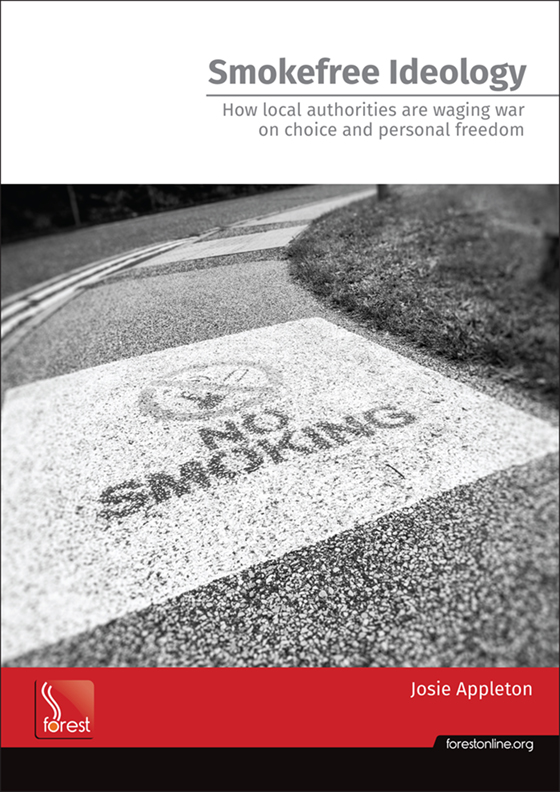Plain packaging highlights failure of graphic health warnings
 Monday, December 3, 2012 at 9:47
Monday, December 3, 2012 at 9:47 Plain packs came into force in Australia on Saturday.
I was invited to talk about it on BBC Breakfast. This meant getting up at three o'clock to drive (in freezing fog) to MediaCity in Salford where the programme is now based.
Sandwiched between interviews at 7.12 and 9.20 (approx) was a five-minute discussion on Five Live Breakfast which has also moved to Salford.
All three spots featured me and Andrea Crossfield, director of Tobacco Free Futures. I rather like Andrea. On air we have a lively difference of opinion but it never gets hostile.
Off air she's approachable and easy to talk to, a far cry from some tobacco control activists who won't even look at you, let alone say hello.
I won't repeat the on air debate but it's worth noting that a couple of presenters were genuinely shocked by some of the images that are on the new packs in Australia.
Seen for the first time, or in a gantry with lots of very similar packs, the effect is, I admit, quite gruesome.
That said, people reacted in a very similar way the first time they saw the graphic warnings that currently adorn branded packs. Very quickly people got used to them and the impact has been marginal at best.
Another reason graphic warnings don't work is this: most of the pictures portray something that, in reality, few of us witness first hand so why should we take them seriously.
When was the last time you saw someone with severely rotten teeth? Or oral cancer? I'm not saying that smoking isn't responsible for these things but putting such images on the packet is disproportionate to the risk so consumers tend to ignore them.
Anyway, the public health industry has been forced to develop a new shock tactic – even more grotesque packaging. Tobacco control calls it plain or standardised packaging but they can call it what they like. It will make no difference.
Standardised packaging is all the evidence you need that graphic health warnings have failed and there is no reason to think that plain packaging will be any different.
Click here to watch the 7.12 interview.
Click here to watch the 9.22 interview.











Reader Comments (6)
It's not to stop people smoking - nor is it to protect children. It is to destroy tobacco companies by stealing their trademarks and brands and it is for other people to look at graphic images on a smoker's packs and be disgusted with the smoker.
It will in fact, make smoking elegant again as people rush to buy beautiful cig cases - I guess Fascist Aus will ban those next. The country has gone nuts - but then it is run by people with a mental phobia that seriously needs treatment because they are harming themselves and others around them.
I don't think smoking causes severely rotten teeth. There is probably a correlation, because, for example, people with mental health problems are both more likely to smoke and not take care of their teeth.
I remember many years ago hearing about a study by dentists who were keen to improve dental hygiene. They found that people dismissed gruesome images of diseased gums and rotten teeth on the grounds that it would never happen to them.
Smokers dismiss the mediporn on packs not least of all because many of us are suspicious of the provenance of the images.
I see that Australia has introduced a newbie: "smoking causes blindness". Does it, really? Perhaps what they mean is that smoking is one of a range of factors that might contribute to macular degeneration but whose significance is unproven. But then, they've always got to over-egg the pudding. Unlike the dentists they haven't cottoned on to the fact that few believe them and that, if they want to stop people smoking, they'd be better to go for a positive message (such as that Pharma ad with the female motorcyclist). Such positiveness it seems is antithetical to the fanatical mindset of the tobacco control activist and it's no wonder that it appears as if they're intent on portraying smokers as the damned.
Fake images? - you bet!
So called plain packaging and graphic warning images, is the sort of thing that should anger anyone, smokers and non-smokers alike.
Why? Well for one thing the packages are not plain and the dismemberment of branding is wholly unethical. But the main bone of contention for me, are the ludicrous graphic warnings.
What do they purport to show? Take the rotten teeth image. When was the last time anyone, including dentists, ever saw anyone with a mouth like that because of smoking? Where are the documented cases, and since there are millions of long term smokers, then you should have an epidemic – shouldn’t you?
My favourite one though, is the man smoking through a hole in his throat. Have you ever seen that before? Do you think that the images might just be photo shopped, and if they are, then this quite simply means the images are fraudulent – there is no way around that. None of the images relates in any way to real life, and to lie in this way is despicable, and the government should be held to account for misleading the general public.
If any evidence exists in real life, that smoking causes these conditions, then let us see this documented evidence.
Tobacco companies have a legal case for this under the Misrepresentation Act 1967, for fraudulent misrepresentation.
The onus would be on the government to show that they had good grounds for believing the representations to be true - and that would mean having seen intrinsic medical proof.
No matter how pretty the package children cannot buy them, because it is illegal for shops to sell them to under 18s.
A while back there was a news item about a man who'd sold his picture to some ad company. He was later surprised to see himself--minus a leg--in an antiobesity public health poster. So, yes, the images can most definitely be photoshopped. Yet another reason these images will not be taken seriously.